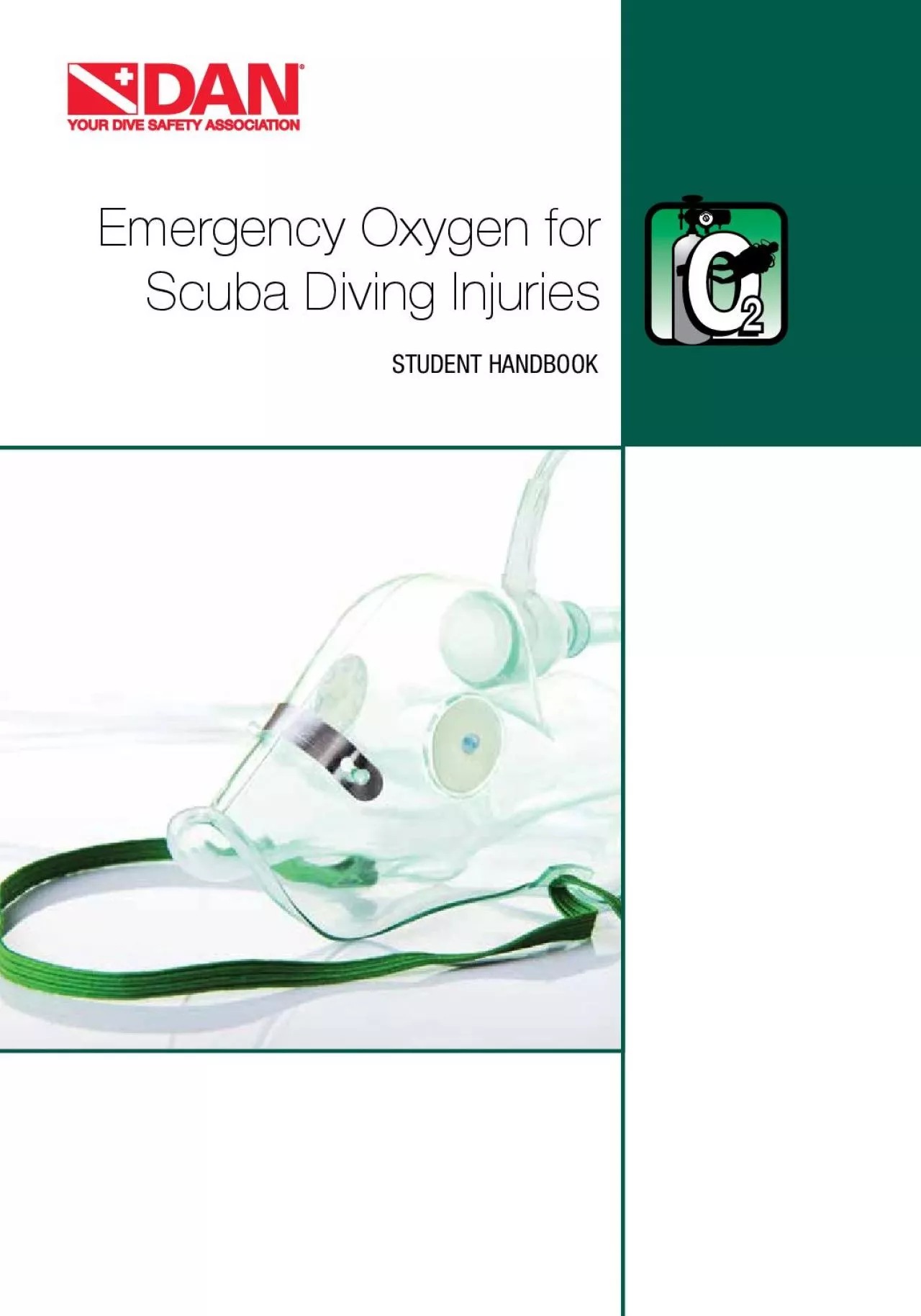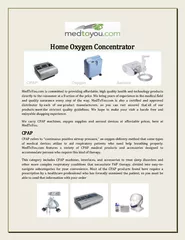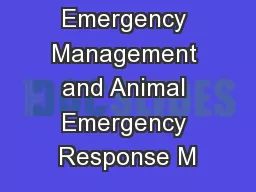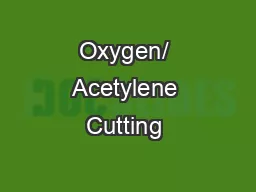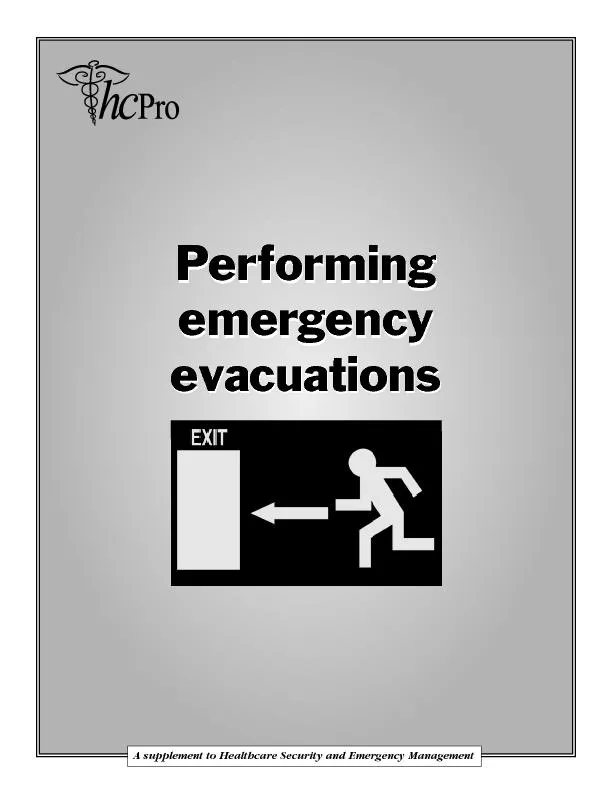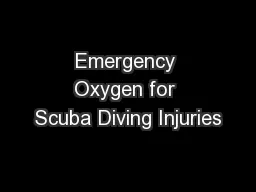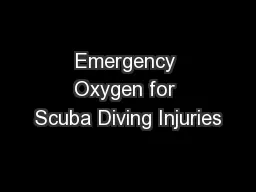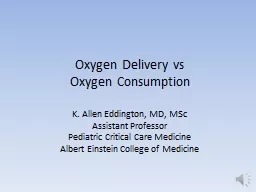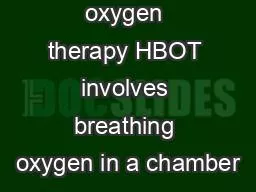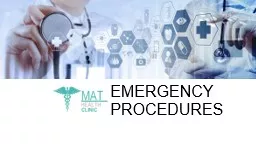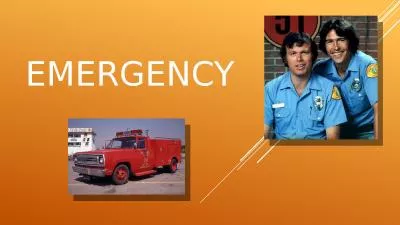PDF-Emergency Oxygen for
Author : luna | Published Date : 2022-09-05
DAN Medical Information Line 1 919 6842948 ext 6222 Nicholas Bird MD MMM Matias Nochetto MDMatias Nochetto MD Patty Seery MHS DMTThis program meets the current recommendations
Presentation Embed Code
Download Presentation
Download Presentation The PPT/PDF document "Emergency Oxygen for" is the property of its rightful owner. Permission is granted to download and print the materials on this website for personal, non-commercial use only, and to display it on your personal computer provided you do not modify the materials and that you retain all copyright notices contained in the materials. By downloading content from our website, you accept the terms of this agreement.
Emergency Oxygen for: Transcript
Download Rules Of Document
"Emergency Oxygen for"The content belongs to its owner. You may download and print it for personal use, without modification, and keep all copyright notices. By downloading, you agree to these terms.
Related Documents

